
- Shandong Loyal Industrial Co.,Ltd.
- Industrial Microwave Oven Food Extruder Machine Biscuit Making Machine
Home> Company News> How A Feed Production Line Can Help You Meet The Increased Demand For Livestock

How A Feed Production Line Can Help You Meet The Increased Demand For Livestock
2022-11-03 15:51:42In today’s world, there is an ever-growing demand for livestock. This demand has arisen due to a number of reasons, but one of the most important factors is the growth of the human population. As a result, livestock farming has become an increasingly important industry, and feed production lines are key to meeting this demand. In this blog post, we will explore how a feed production line can help you meet the increased demand for livestock. We will also discuss some of the benefits that this type of machinery can offer your business.
How a Feed Production Line Can Help You Meet The Increased Demand For Livestock
When it comes to meeting the increasing demand for livestock, a feed production line can come in handy. This type of machine takes raw materials such as corn, soybeans, and other grains and turns them into finished feeds, including animal feed and fertilizers. This can help you meet the needs of both commercial and domestic livestock producers. It’s also important to remember that a feed production line is not just good for producing large quantities of feed; it’s also helpful in speeding up the process. That means you can produce feeds faster, which can mean more money in your pocket.
Benefits of Having a Feed Production Line
A feed production line can help you meet the increased demand for livestock. The line can produce a variety of feeds, including hay, corn, soybeans and other grains, and pellets. This can help you meet the needs of your livestock while keeping costs down.
A feed production line can help farmers meet the increased demand for livestock by providing them with a consistent and reliable source of feed. A feed production line can also help farmers reduce the time it takes to produce feed, which can be important when there is an increase in demand for livestock.
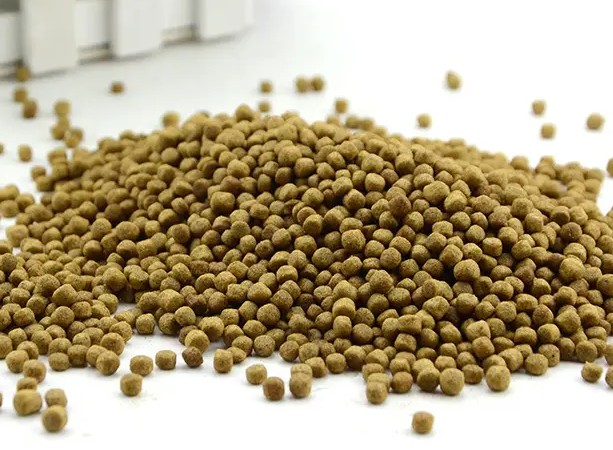
Types of Feed Production Lines
A feed production line can help meet the increased demand for livestock by providing a continuous, organized flow of feed ingredients and products. Feed production lines typically have a number of sections, including an input section where feed is mixed and ground, a processing section where the feed is cooked and sterilized, a storage section where the feed is kept fresh, and an output section where the products are delivered to livestock.
Feed production lines can be customized to meet specific needs, such as producing feeds that are high in protein or low in fat. Some feeds are also blended with minerals or vitamins to improve their nutritional value.
What Needs to Be in a Feed Production Line
A feed production line can help you meet the increased demand for livestock. A feed production line is a specialized machine that helps produce feed pellets, which are the main food source for livestock. A feed production line can take a variety of inputs and turn them into pellets that can be fed to livestock as an energy source and as a supplement to their diet.
Costs Associated with a Feed Production Line
In order to meet the increased demand for livestock, many farmers are turning to feed production lines. Feed production lines help farmers produce enough food for their animals quickly and more efficiently. There are a few things to consider when choosing a feed production line: how much does it cost, how many animals can it feed, and what kind of equipment is needed?
The cost of a feed production line can vary depending on the type of machine that is being used. Some machines may require less maintenance than others, which could save you money in the long run. The number of animals that a feed production line can feed also depends on the size of the machine. Larger machines can typically produce more food per hour than smaller machines. Additionally, some machines require additional equipment such as milking facilities or grain storage tanks, which will also add to the price tag.
In order to operate a feed production line, you will need access to adequate machinery and equipment, as well as skilled operators. Many farms benefit from having their own machine operator or employing a third-party operator who is experienced in operating these types of machines. You will also need to have a suitable location for your machine, as they often require space that is free from obstruction and easy to access.
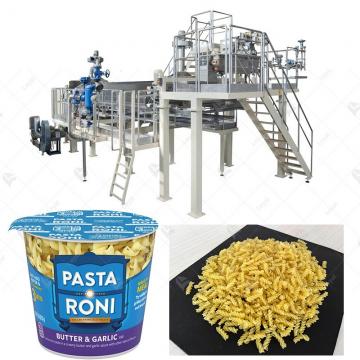 Instant Pasta Production Line
Instant Pasta Production Line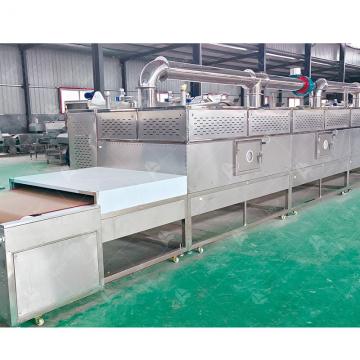 150Kw Fully Automatic Industrial Continuous Microwave Shrimp Drying Machine
150Kw Fully Automatic Industrial Continuous Microwave Shrimp Drying Machine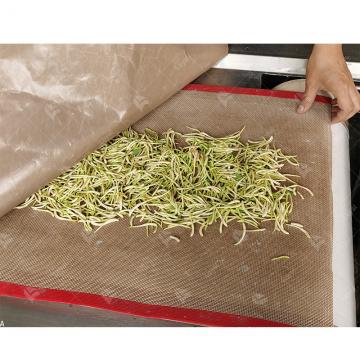 Continuous Tunnel Honeysuckle Flower Drying Dehydrator Machine Tunnel Microwave Baking And Sterilizing Equipment
Continuous Tunnel Honeysuckle Flower Drying Dehydrator Machine Tunnel Microwave Baking And Sterilizing Equipment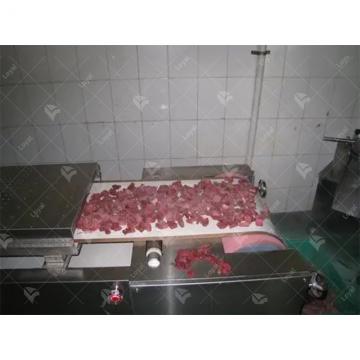 Automatic Microwave Frozen Meat Beef Thawing Machine
Automatic Microwave Frozen Meat Beef Thawing Machine